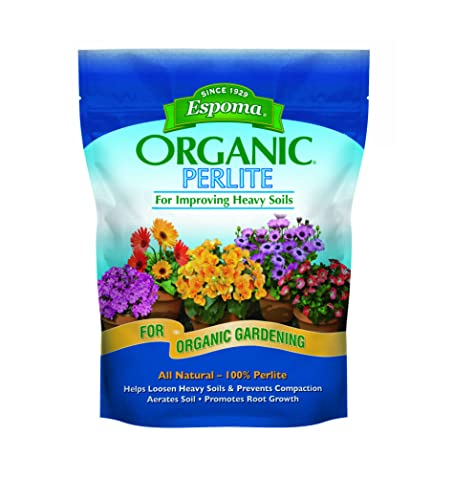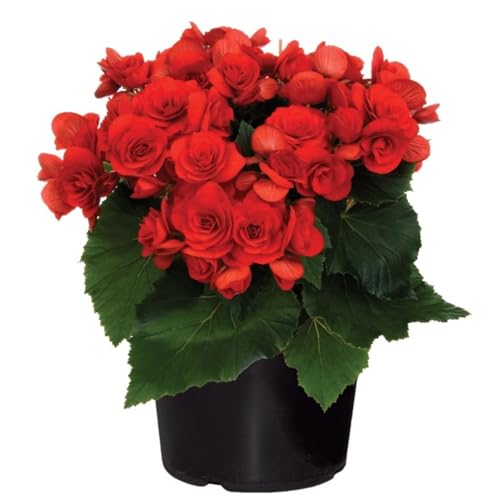How to plant begonia bulbs – and transform your yard with the ultimate summer-flowering plant
From hanging baskets to patio pots, begonias are sure to elevate your summer displays
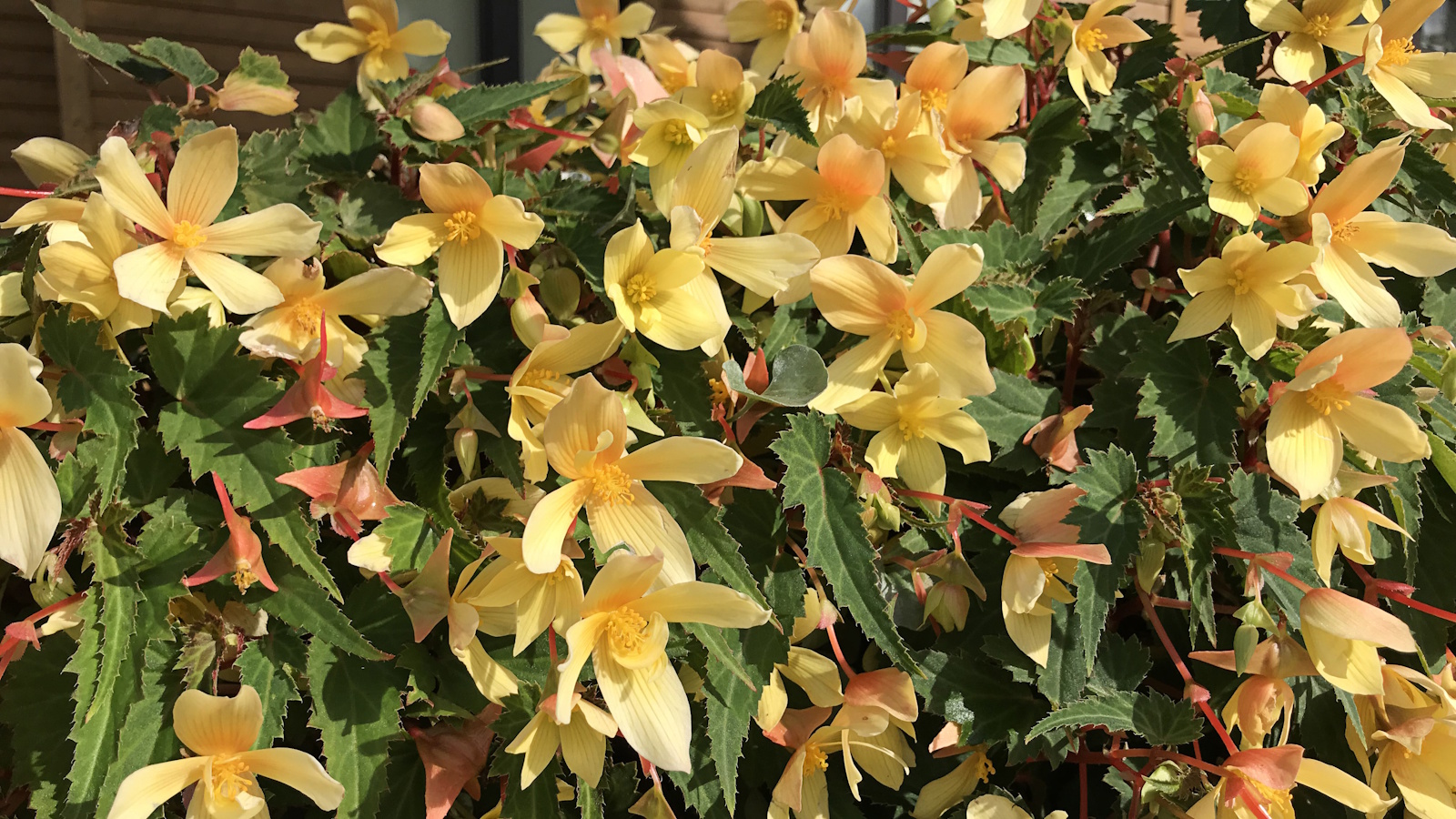

For many years, begonias have been considered out of fashion - viewed as gaudy and a little too much. While Victorian bedding schemes remain outdated, many unusual varieties are now in vogue, and learning how to plant begonia bulbs - or tubers - is an easy and cost-effective way to fill your yard with color.
Out of approximately 1,900 begonia species, my guess is that you will find one or two you like. From the tumbling star-like blooms of Begonia boliviensis, seen above, to the upright Begonia luxurians, with narrow spidery leaves - the diversity of this plant family is certainly impressive.
As a former professional gardener, I have planted more begonias than I can remember. Some can be grown from cuttings or seeds, while many of my favorite species can be planted as bulbs. Here's everything you need to know about bulb planting when learning how to grow begonias in pots or borders to enjoy brilliant summer displays this year.
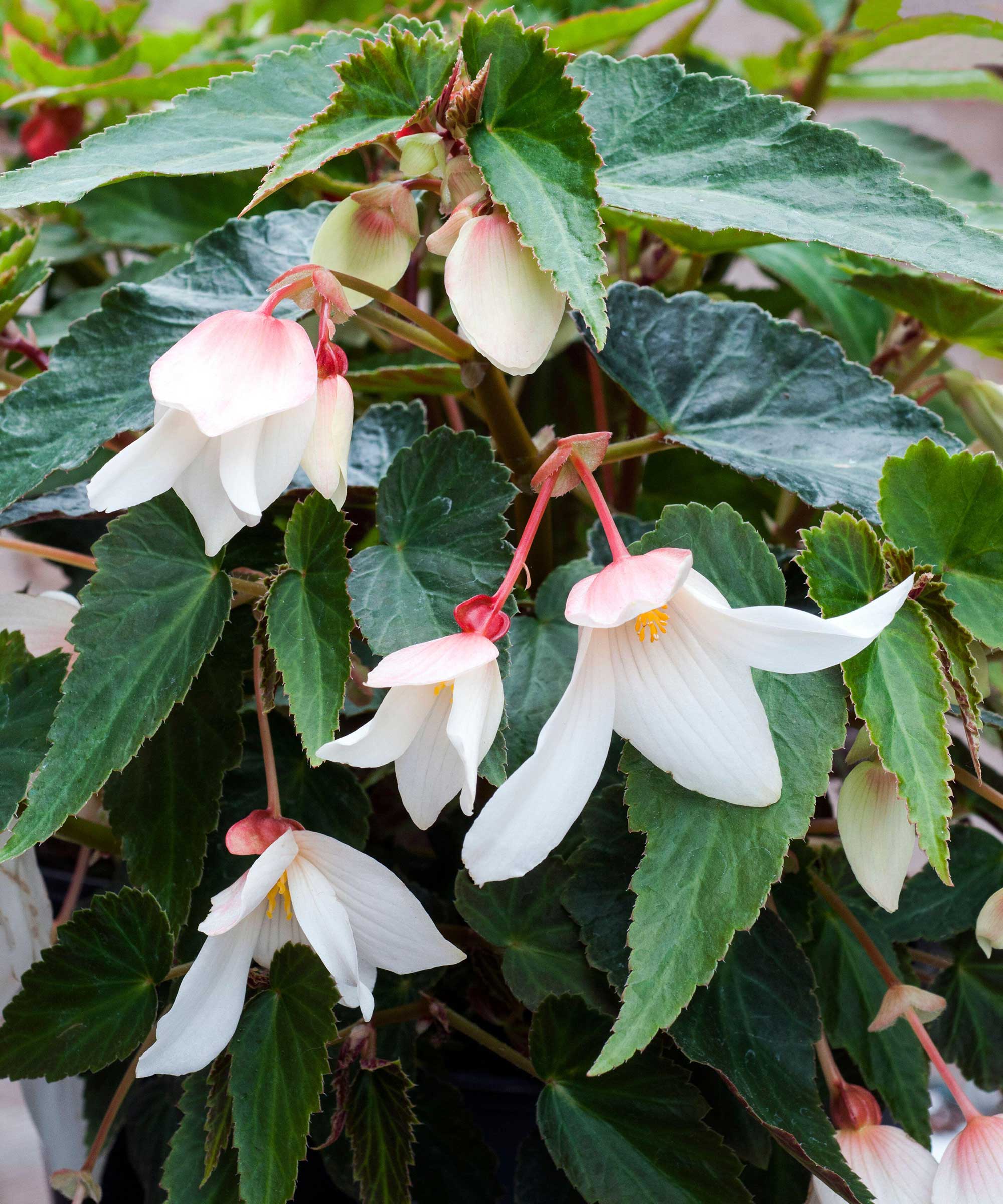
Step-by-step guide to planting begonia bulbs
When considering how to grow begonias, most tuberose varieties are treated as tender annuals, typically grown for one season as summer bedding plants.
However, in warmer regions, such as US hardiness zones 9 and 10, begonias can be grown as perennials or even evergreens. In cooler regions, you can also treat many species as winter house plants, protecting them from cool frosts in northern regions.
When to plant begonia bulbs
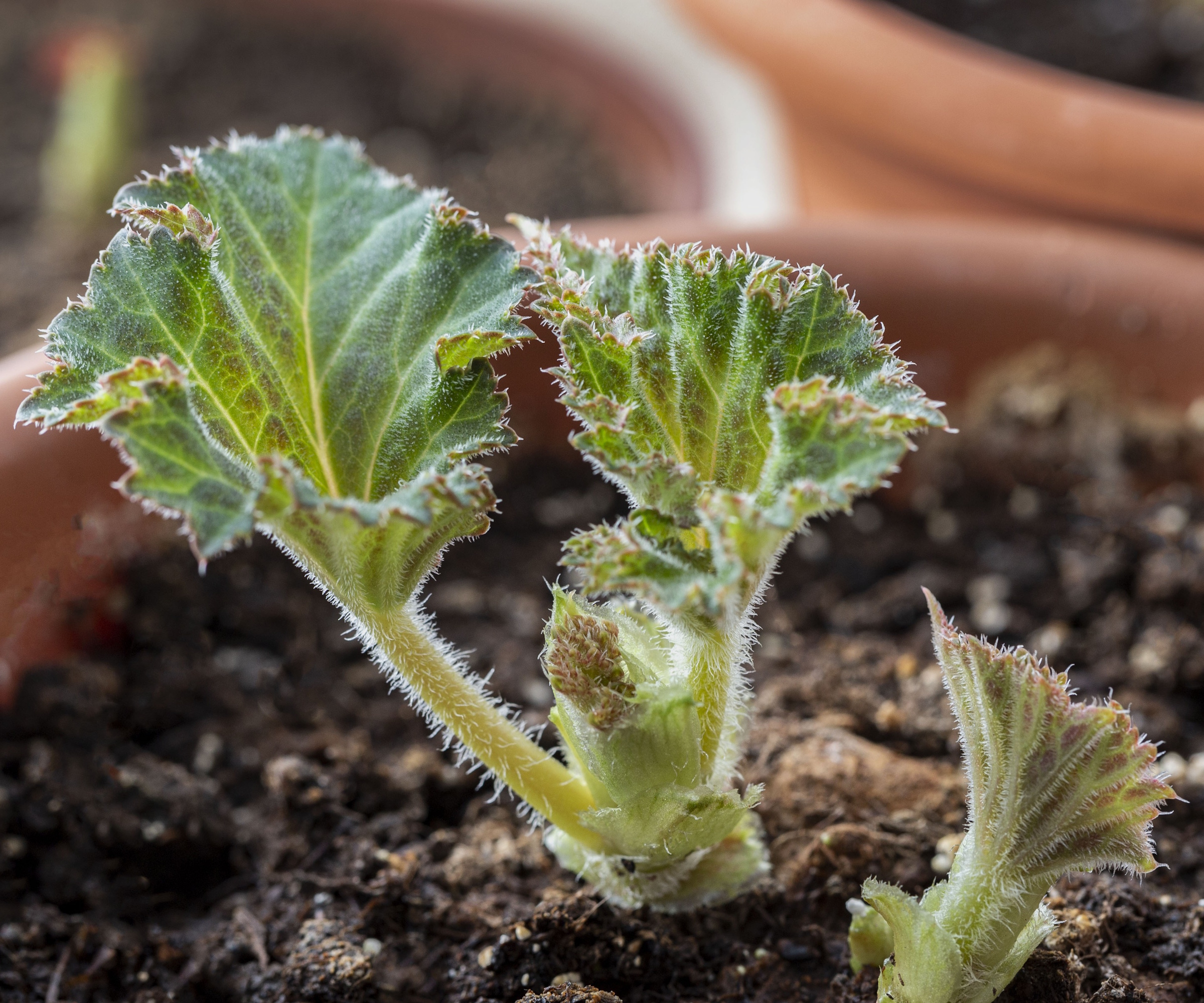
There are many different begonia varieties that you can grow from bulbs. Most have long flowering seasons, typically blooming from late spring until the first frost, which is ideal if you are looking for colorful and low-maintenance patio plants.
The right planting time for your begonia bulbs will depend on your climate and whether you’re growing indoors or outdoors. Remember that begonias are tender bulbs, and as such require protection from frost.
For this reason, start them indoors - in a greenhouse, cold frame or windowsill - during March or April, which will give your begonias a head start. They can then be planted outside in May when there is no risk of cold weather.
If you would prefer to plant begonia bulbs outdoors directly in pots or borders where they are to grow, it is best to wait until May, to avoid any late-season frosts.
If you are looking for an unusual and dramatic variety to grow this year, try planting these 'On Top Sunglow' begonia tubers, available to order from Burpee, which will add color and impact to pot displays.

These traditional terracotta planters are weather-resistant and can be used both indoors and outdoors. Over time, they will age to produce a cottage garden aesthetic.
How to plant begonia bulbs
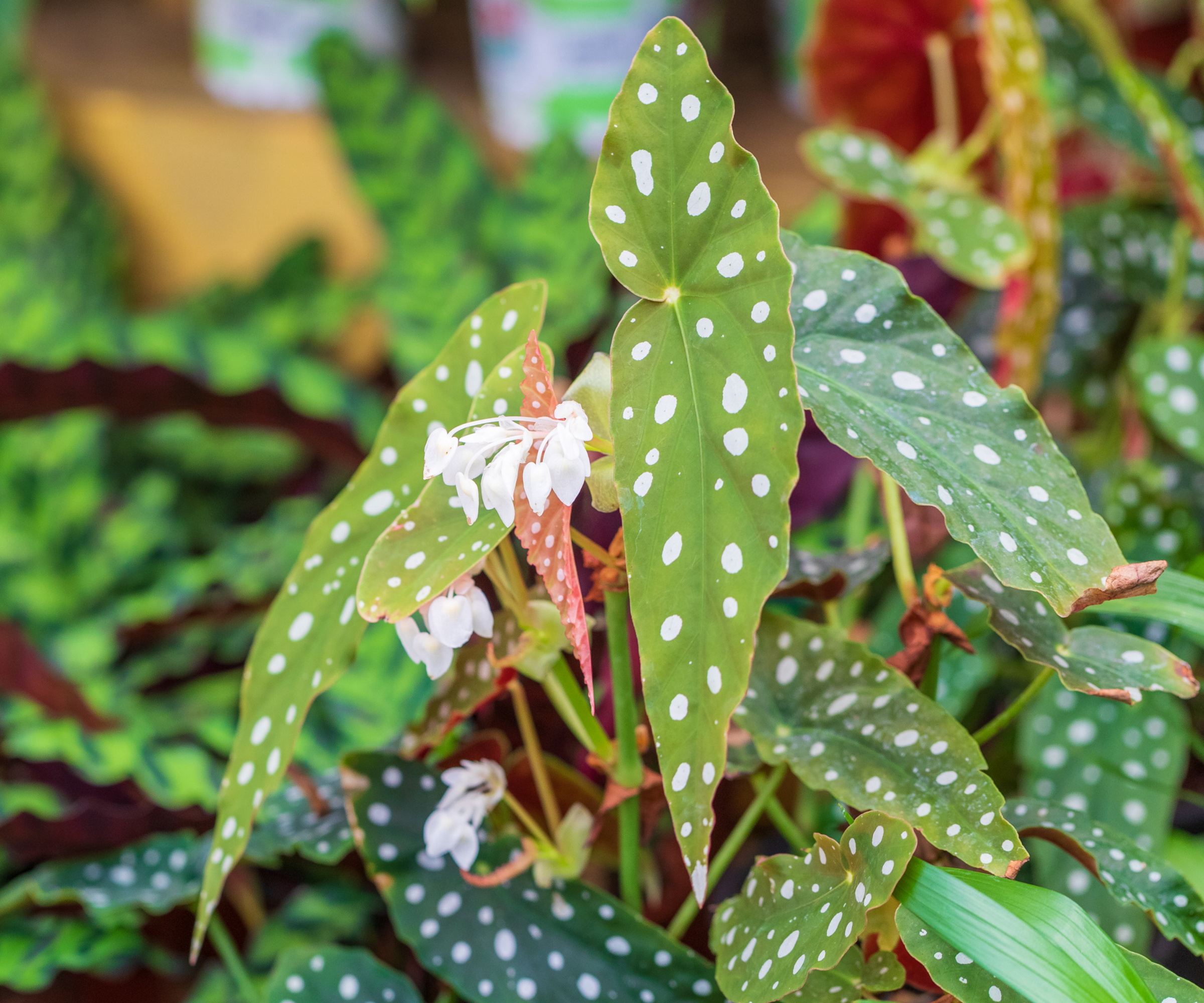
When learning how to plant begonia bulbs, it is important to remember that they don't like soggy conditions, so it is a good idea to combine plenty of perlite, vermiculite or grit with your potting soil to improve drainage.
Unlike most spring and summer bulbs, which tend to have pointed tips, begonia bulbs are an unusual shape. They have two sides: one is hollow - or concave - and the other is domed - or convex.
The hollow or concave side should be facing upwards, so it sits like a bowl just beneath the soil surface. The shoots will emerge from within this concave area.
Plant the bulbs shallowly, around half an inch below the soil surface. When planting in containers or borders, it is a good idea to use fertile multipurpose compost to encourage your plants to grow.
Space the bulbs around six inches apart from each other in a container display, or ten inches apart if planting directly in your borders. Always water thoroughly after planting, and water regularly through the growing season.
It is also a good idea to provide some staking and support to prevent larger plants from toppling in the wind. Plant supports are available from Amazon.
FAQs
How long does it take for begonias to produce flowers?
The exact time it will take for a begonia bulb to shoot, grow and produce flowers will vary depending on a variety of conditions, including climate, soil and position in your yard. While this will change from garden to garden, the approximate time is usually somewhere between 10 and 12 weeks.
Can I keep begonias growing indoors?
Yes, begonias can be grown indoors. In fact, many people keep begonias as house plants and enjoy their foliage and flowers year-round. To keep these tender plants indoors, provide them with bright, indirect light, and be sure to keep the soil slightly moist for the best results. Finally, be sure to keep temperatures stable and above 55°F (13°C), so it is best to position them away from entryways.
When planting begonia bulbs, you can add a small sprinkling of bone meal combined with the soil. While this is not always necessary, I have done this many times with a range of bulbs. The reason for doing so is that bone meal is high in phosphorous and therefore encourages healthy root growth. Jobes organic bone meal is available to order from Walmart.
For more information on caring for these plants, see our guide on how to keep begonias blooming, to ensure that you enjoy flowers right through the growing season until the fall.
Sign up to the Homes & Gardens newsletter
Design expertise in your inbox – from inspiring decorating ideas and beautiful celebrity homes to practical gardening advice and shopping round-ups.

Thomas is a Content Editor within the Gardens Team at Homes and Gardens. He has worked as a professional gardener for both public spaces and private estates, specializing in productive gardening, growing food and flowers. Trained in Horticulture at the Garden Museum, he has written on gardening and garden history for various publications, including The English Garden, Gardens Illustrated, Hortus, The London Gardener and Bloom. He has co-authored a Lonely Planet travel book, The Tree Atlas, due out in 2024.
You must confirm your public display name before commenting
Please logout and then login again, you will then be prompted to enter your display name.
-
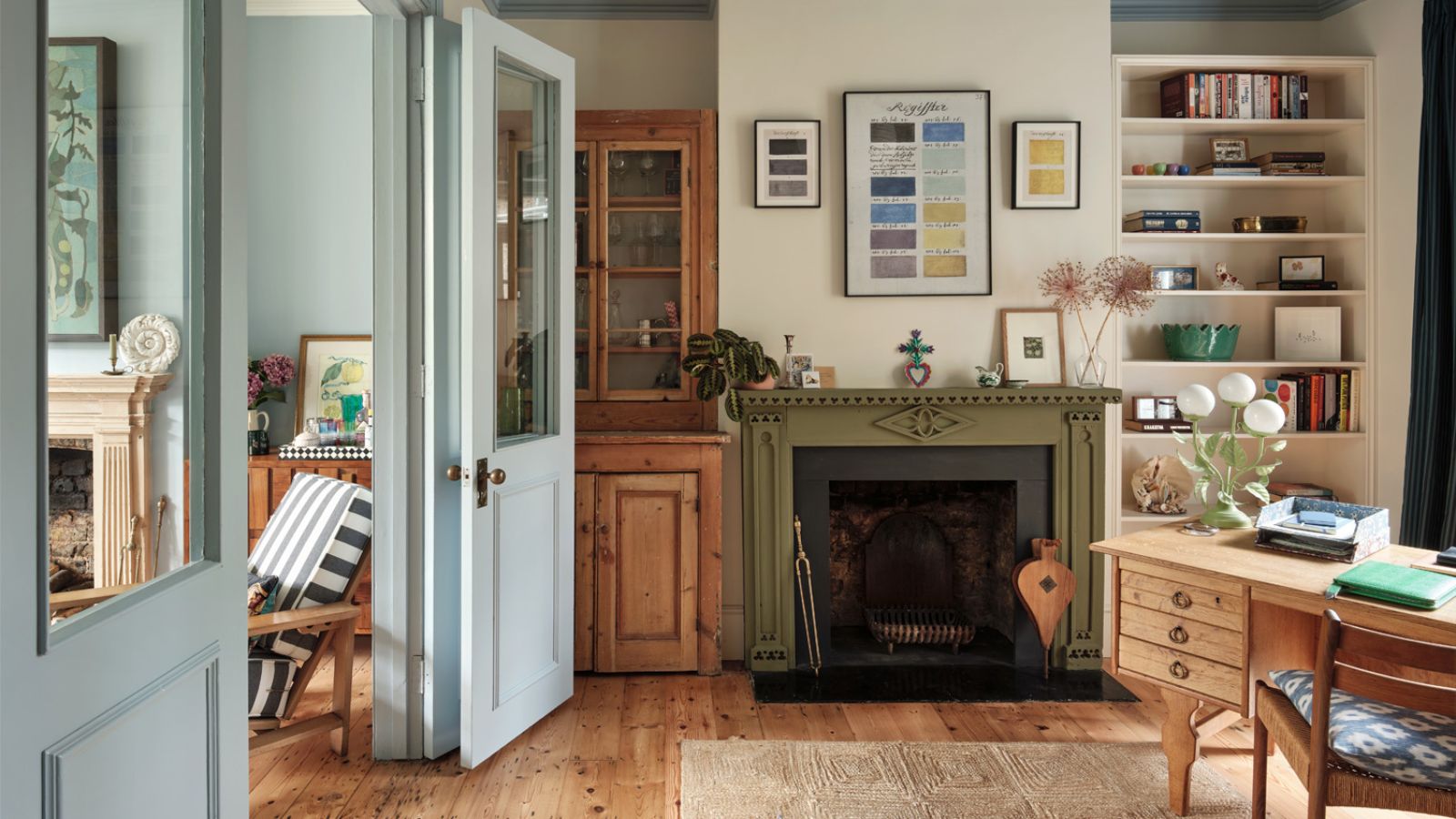 5 surprising but brilliant ways to clean with old socks – from perfectly buffing stainless steel to deterring pests naturally and more
5 surprising but brilliant ways to clean with old socks – from perfectly buffing stainless steel to deterring pests naturally and moreTackle dust in tricky corners, clean your mirrors and even banish bad odors with those rogue single socks
By Andy van Terheyden Published
-
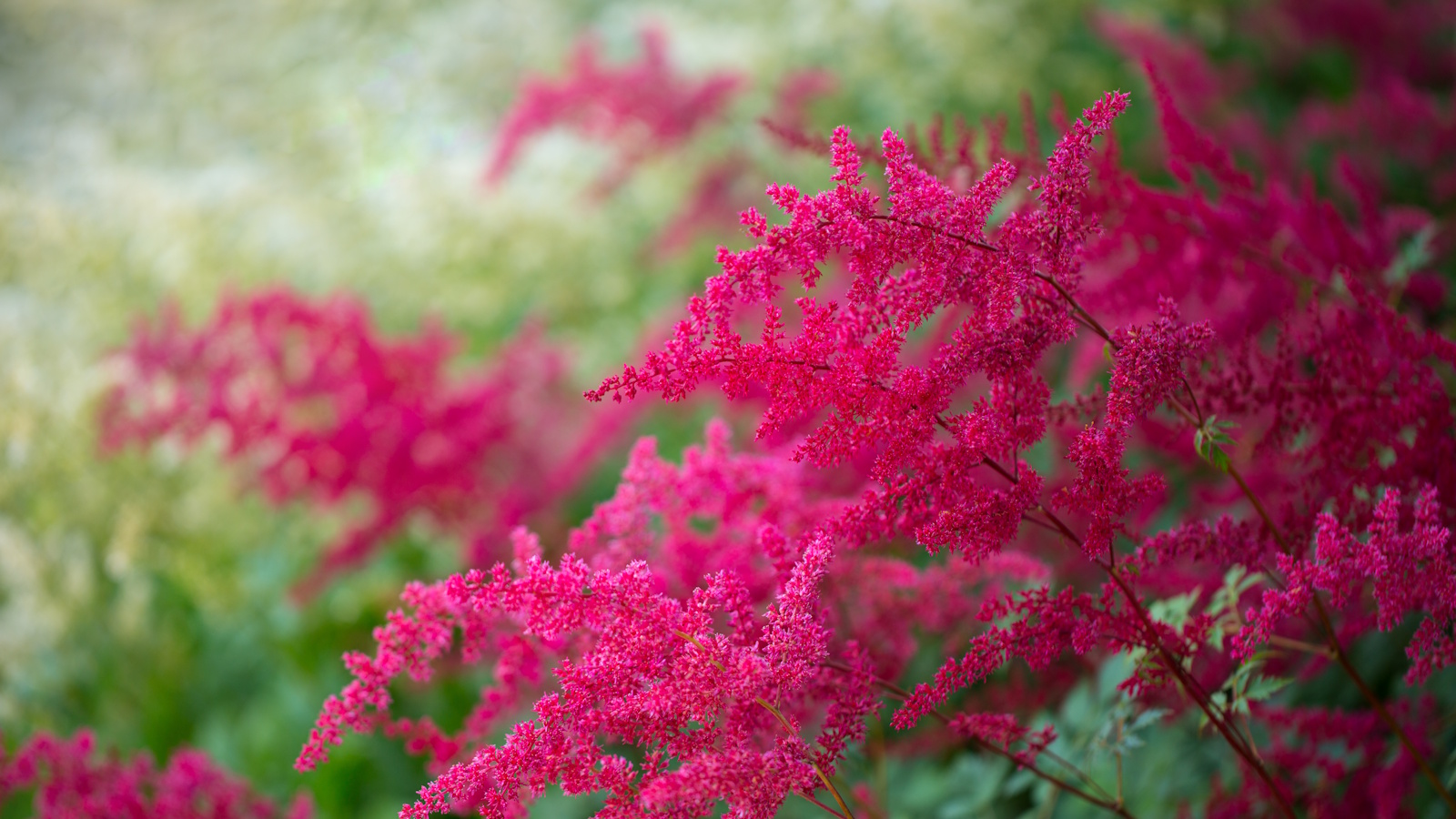 How to grow astilbe – expert advice on cultivating this shade-tolerant flowering perennial
How to grow astilbe – expert advice on cultivating this shade-tolerant flowering perennialShade-tolerant and pest-resistant - astilbe are hardy and tough perennials that can thrive in many settings
By Ellen Wells Published
-
 How to grow astilbe – expert advice on cultivating this shade-tolerant flowering perennial
How to grow astilbe – expert advice on cultivating this shade-tolerant flowering perennialShade-tolerant and pest-resistant - astilbe are hardy and tough perennials that can thrive in many settings
By Ellen Wells Published
-
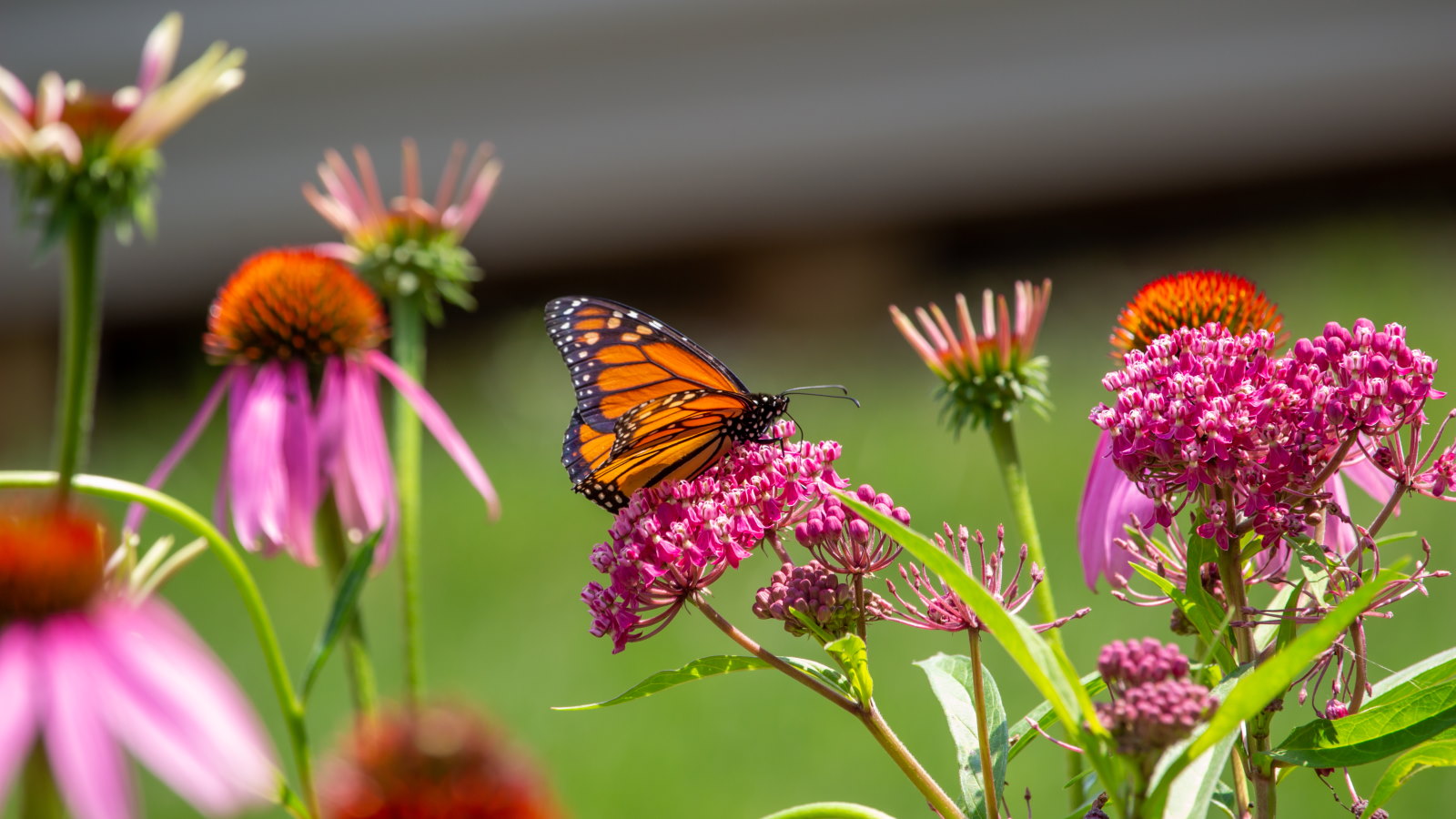 7 native perennials to plant in April – for glorious flowering displays to attract bees, butterflies, and hummingbirds
7 native perennials to plant in April – for glorious flowering displays to attract bees, butterflies, and hummingbirdsDiscover some of the best perennials to plant in April to make your garden a hotspot for wildlife
By Drew Swainston Published
-
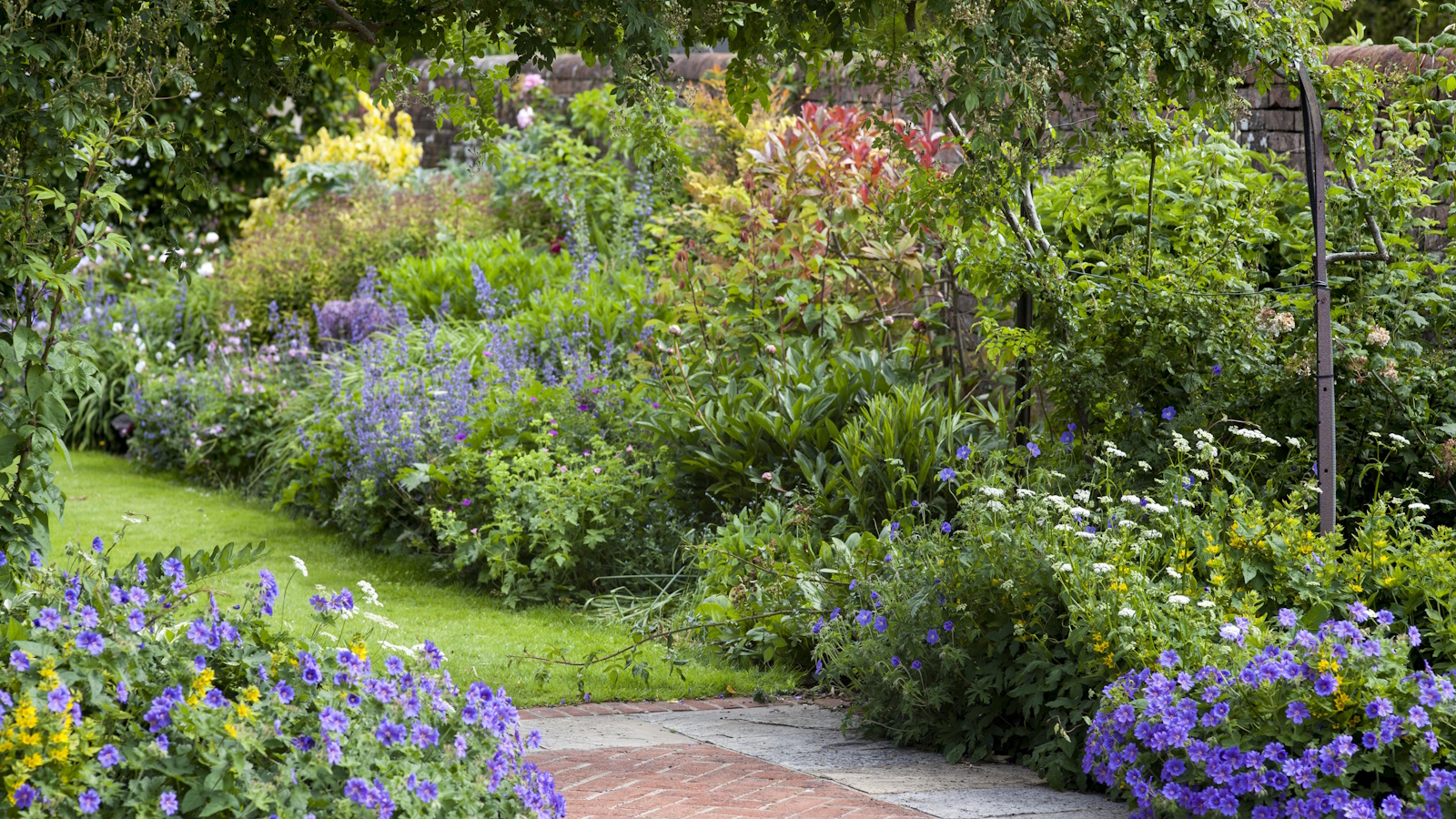 Is the viral salt hack the secret to a weed-free patio? A garden expert warns of irreparable, long-term damage – plus reveals the safest way to get results
Is the viral salt hack the secret to a weed-free patio? A garden expert warns of irreparable, long-term damage – plus reveals the safest way to get resultsYou might have seen gardeners on TikTok or Instagram using salt to kill weeds in pavers, but this hack should be avoided at all costs
By Thomas Rutter Published
-
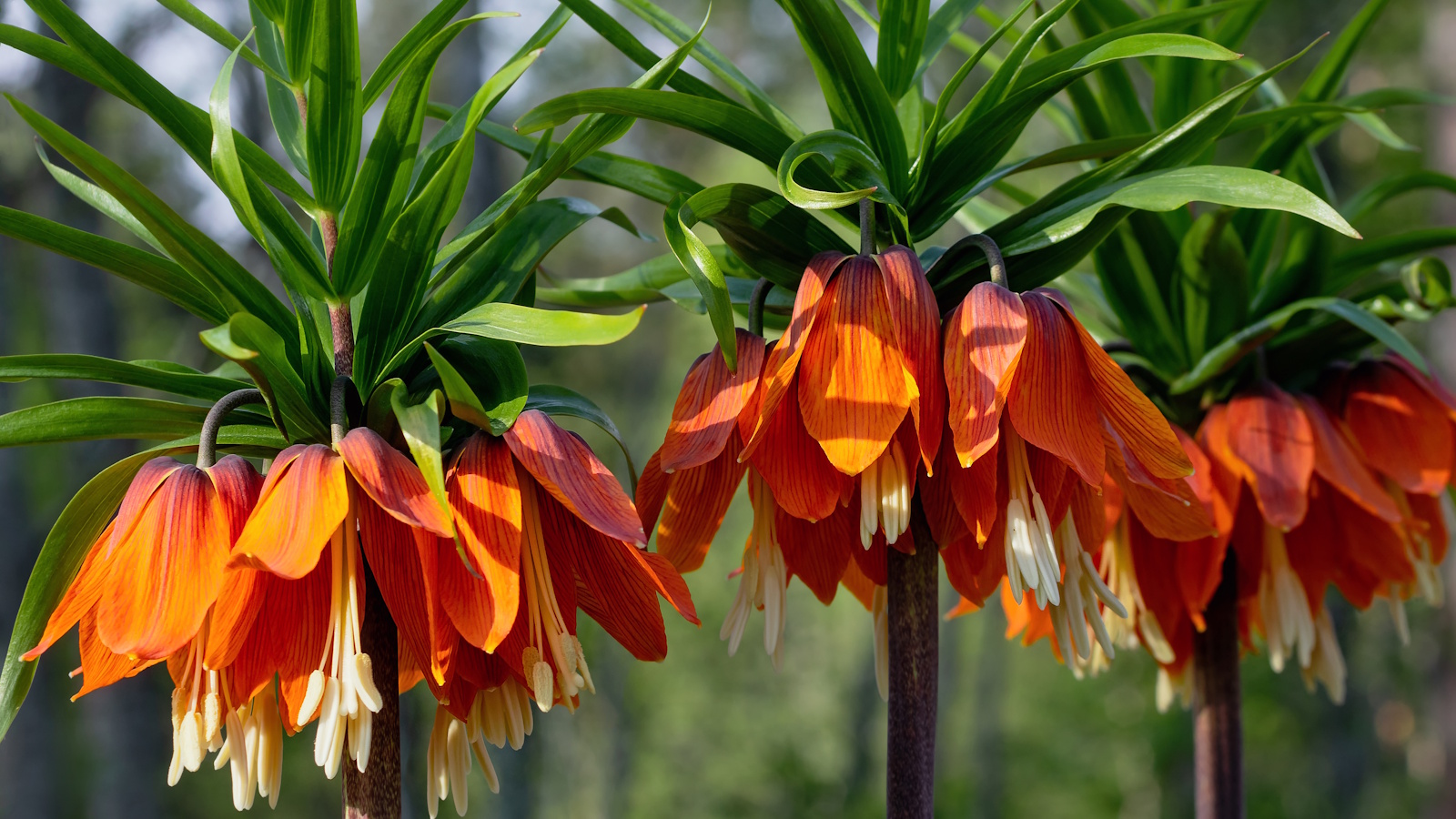 Worst-smelling plants to avoid – experts reveal 5 pungent species and suggest perfumed options to grow instead
Worst-smelling plants to avoid – experts reveal 5 pungent species and suggest perfumed options to grow insteadThese are some of the worst-smelling plants that can cause quite a stink
By Thomas Rutter Published
-
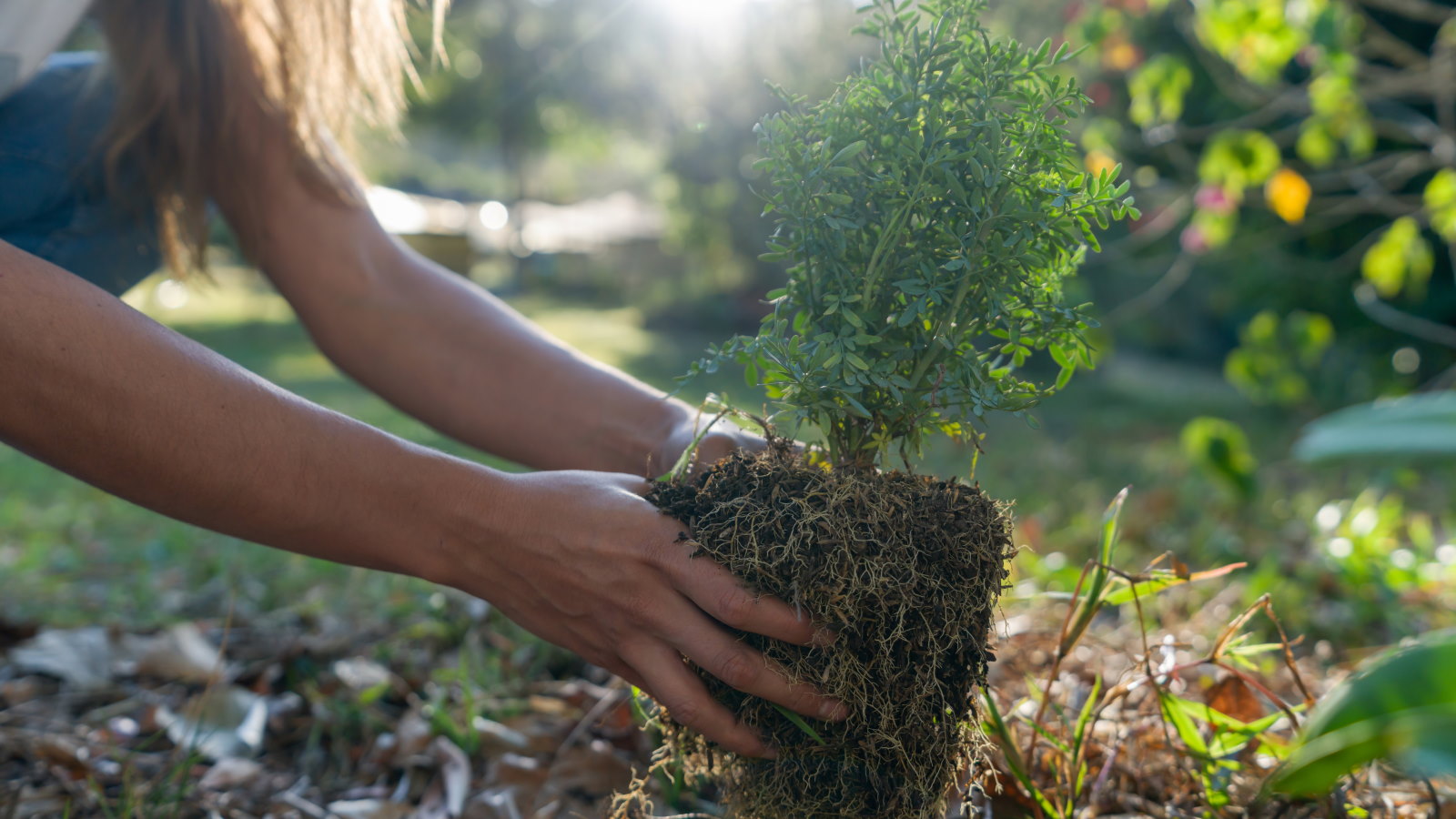 7 shrubs to plant in April to transform beds and borders – including native plants and bushes suitable for dry or wet spots
7 shrubs to plant in April to transform beds and borders – including native plants and bushes suitable for dry or wet spotsThese shrubs can bring flowers, texture, and fragrance, as well as attracting beneficial insects and birds
By Drew Swainston Published
-
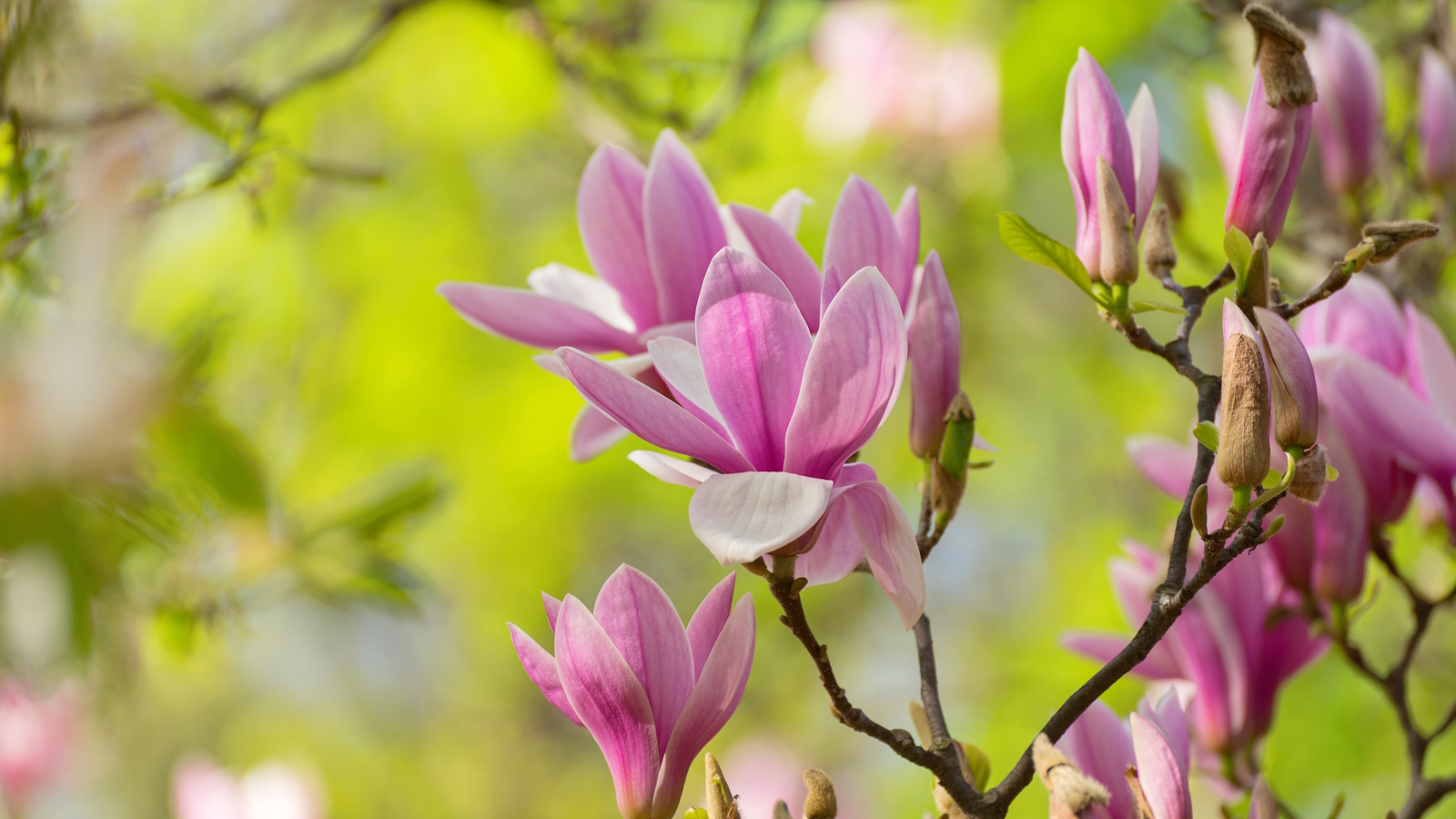 How to fertilize magnolias – garden experts reveal the secrets to better blooming, and timing is critical
How to fertilize magnolias – garden experts reveal the secrets to better blooming, and timing is criticalMagnolias are famed for their spring flowers, and feeding at the right time can give trees a boost
By Thomas Rutter Published
-
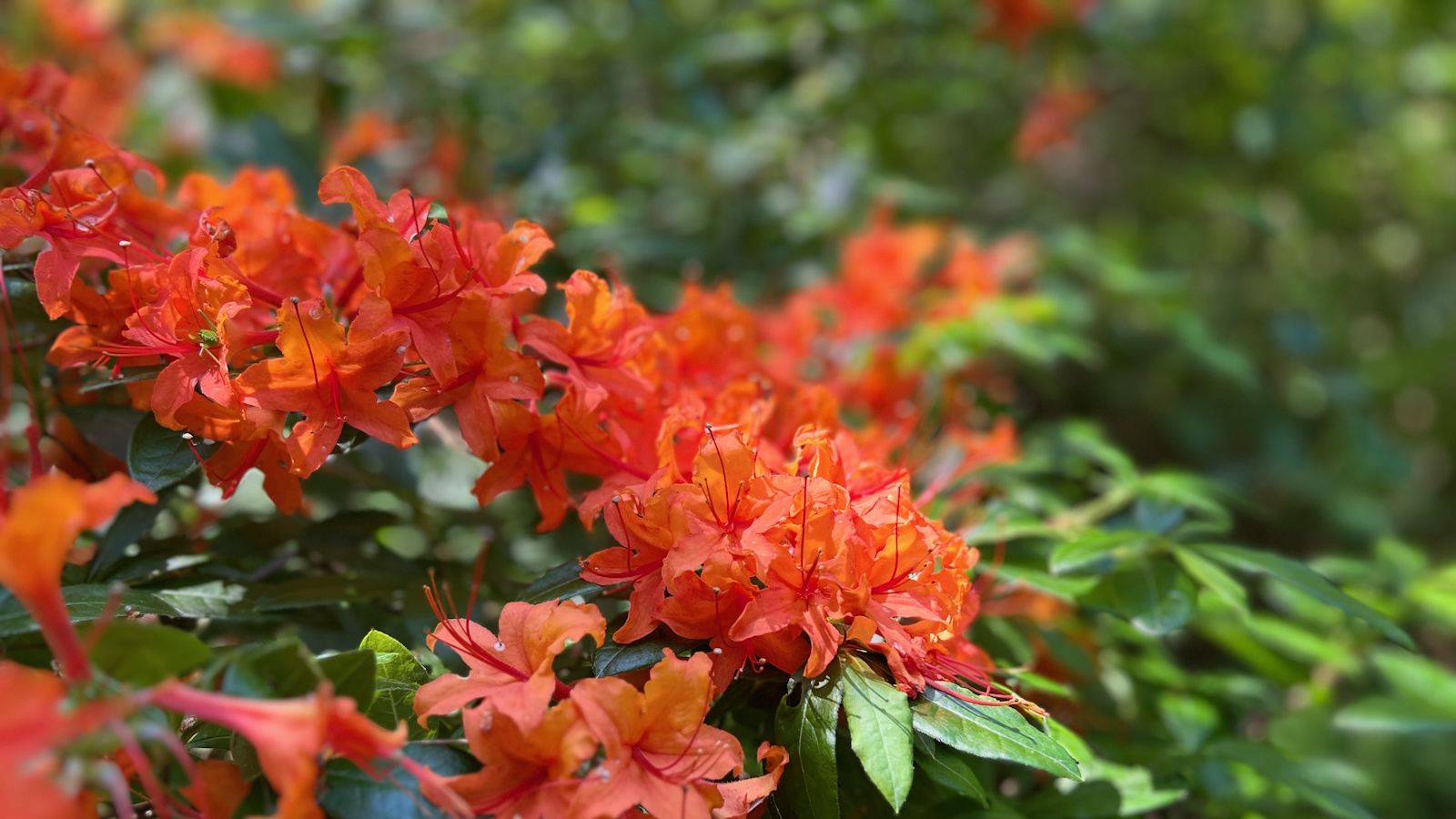 How to revive old rhododendron plants – pruning advice from a professional gardener to save your struggling shrubs
How to revive old rhododendron plants – pruning advice from a professional gardener to save your struggling shrubsWith the right pruning approach, you can rejuvenate old and woody rhododendrons
By Thomas Rutter Published
-
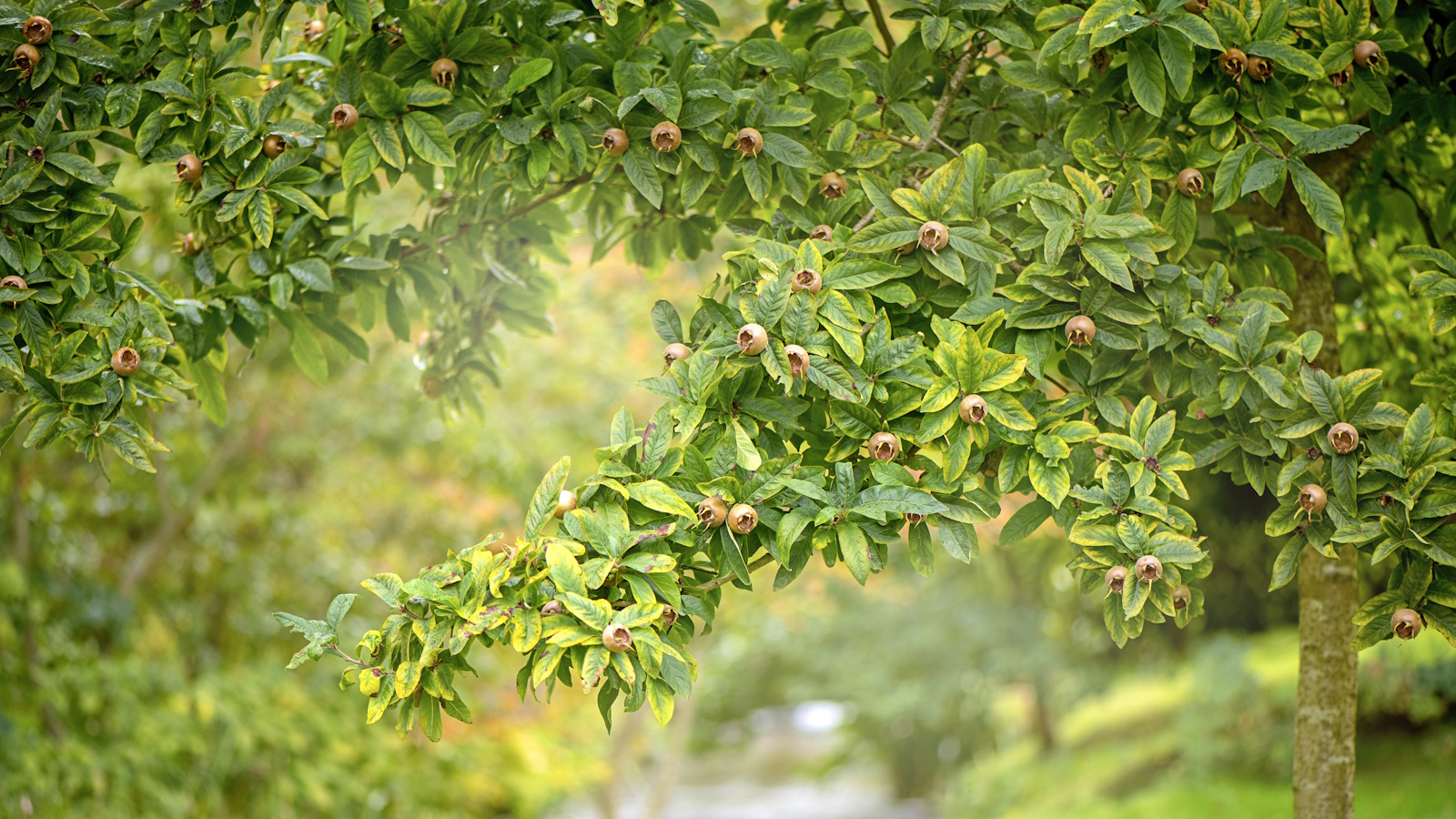 How to grow medlar trees – to enjoy a harvest of unusual fruits from this forgotten heritage species
How to grow medlar trees – to enjoy a harvest of unusual fruits from this forgotten heritage speciesMedlar fruits were once a popular delicacy, yet today, they are a rare find
By Thomas Rutter Published
